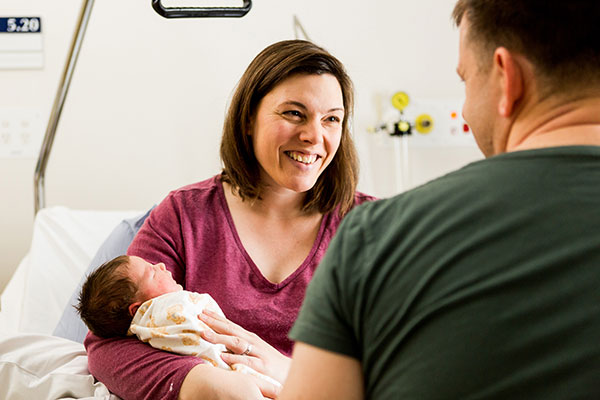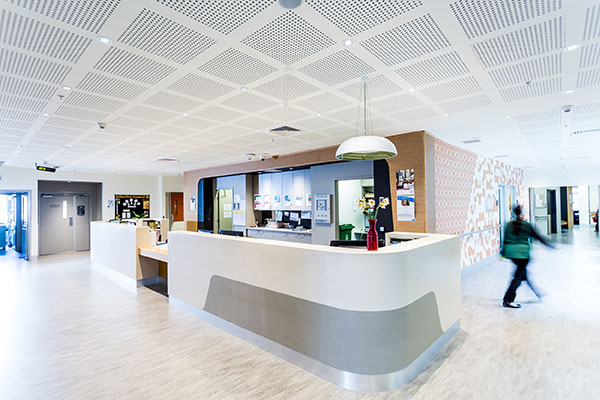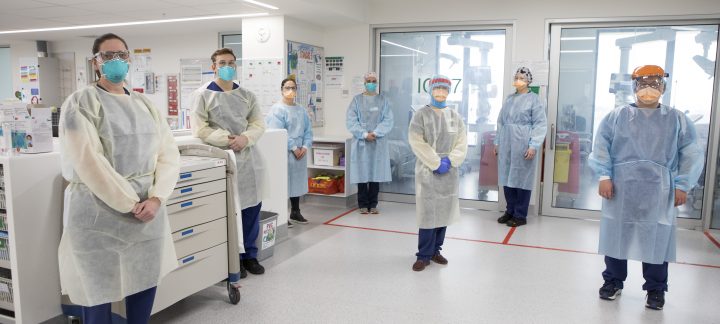Staphylococcus Aureus Bacteraemia (SAB) healthcare-associated infections and central line-associated blood stream infections (CLABSI) are required to be reported for all health services.
SAB is the most common healthcare-associated bloodstream infection.
The SAB rate is measured based on occupied bed days. An occupied bed day is the total number of bed days of all admitted patients during the reporting period.
The SAB rate for Werribee Mercy Hospital (WMH) in 2019/20 was 0.5 per 10,000 occupied bed days. The Mercy Hospital for Women (MHW) SAB rate for the same period was 0.2 per 10,000 occupied bed days. Both hospital rates are below the Victorian five year average of 0.7 per 10,000 occupied bed days.
The SAB rate for Mercy Health Albury (MHA) in 2019/20 was 0 per 10,000 occupied bed days. The Mercy Care Centre Young (MCCY) SAB rate for the same period was also 0 per 10,000 occupied bed days.
CLABSI can occur when a central line is inserted. A central line is a tube inserted into a large vein for the purposes of administering fluids or nutrition and monitoring vital signs such as blood pressure.
The CLABSI rate is measured based on central line-days. A central line-day is the total number of days a central line is in place for each patient in an intensive care unit (ICU).
The WMH ICU CLABSI rate was 0 per 1000 central line-days, which is better than the Victorian five-year average of 0.5.
MHW also reports CLABSI rates for some of the smallest and most unwell babies in our Neonatal Intensive Care Unit (NICU).
NICU CLABSI rates are reported based on the weight of babies. The MHW NICU CLABSI rates for babies <750g, between 1000 – 1500g, and 1501 – 2500g were better than the Victorian five-year average.
The CLABSI rates for babies <750g is 2.7 per 1000 central line days. The Victorian five-year average is 3.6.
The CLABSI rate for babies 1001-1500g is 0 per 1000 central line days. The Victorian five-year average is 1.2.
The CLABSI rate for babies 1501-2500g is 0 per 1000 central line days. The Victoria five-year average is 1.3.
The CLABSI rate for babies 751-1000g is 8.7 per 1000 central line days. The Victorian five year average is 1.9. As this rate is higher than the Victorian five-year average, a NICU working party has been established to benchmark against best practice recommendations and improve patient outcomes. Changes to practice include: using a sterile technique to access all central lines; implementation of a sterile technique competency for all staff; and reviewing and updating the environmental cleaning guidelines and schedules to reduce the microbial burden of the environment.
Factors such as the size and type of hospital, the volume of the surgery performed and the seriousness of the conditions cared for can have an impact on the likelihood of a bloodstream infection occurring. The aim is always to avoid infections.



